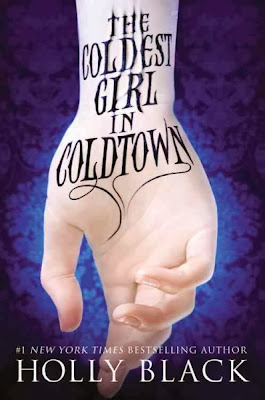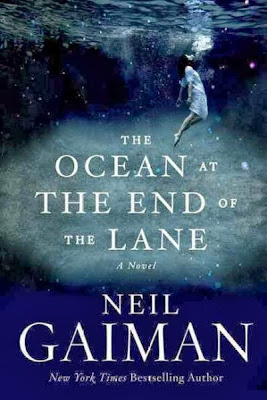Spirit and Dust by Rosemary Clement-Moore
Teen psychic Daisy Goodnight works with local police and the FBI to solve murder cases. Her talent for speaking with the dead is deemed "useful" even if the evidence she uncovers is not admissible in court. But when the dead bodyguard she interviews gives her more questions and no answers, and the trail to a kidnapped girl leads to the Egyptology exhibit Chicago's Field Museum, Daisy learns that being a kick-ass psychic detective might be a lot more dangerous than she originally thought.
Ghosts, witches, magic, a jackel-headed god, and a tyrannosaurus rex, plus a hot young FBI agent and a good-looking son of the Mob, combined with fast-talking, smirky dialogue. Think "The Mummy" meets "Indiana Jones" and you won't be far off.
Action, adventure, some bloodshed, some death, and a few steamy kisses. Although this is a sequel to Texas Gothic, the story stands alone well--and begs for a sequel!
Recommended for readers ages 14 to adult.























